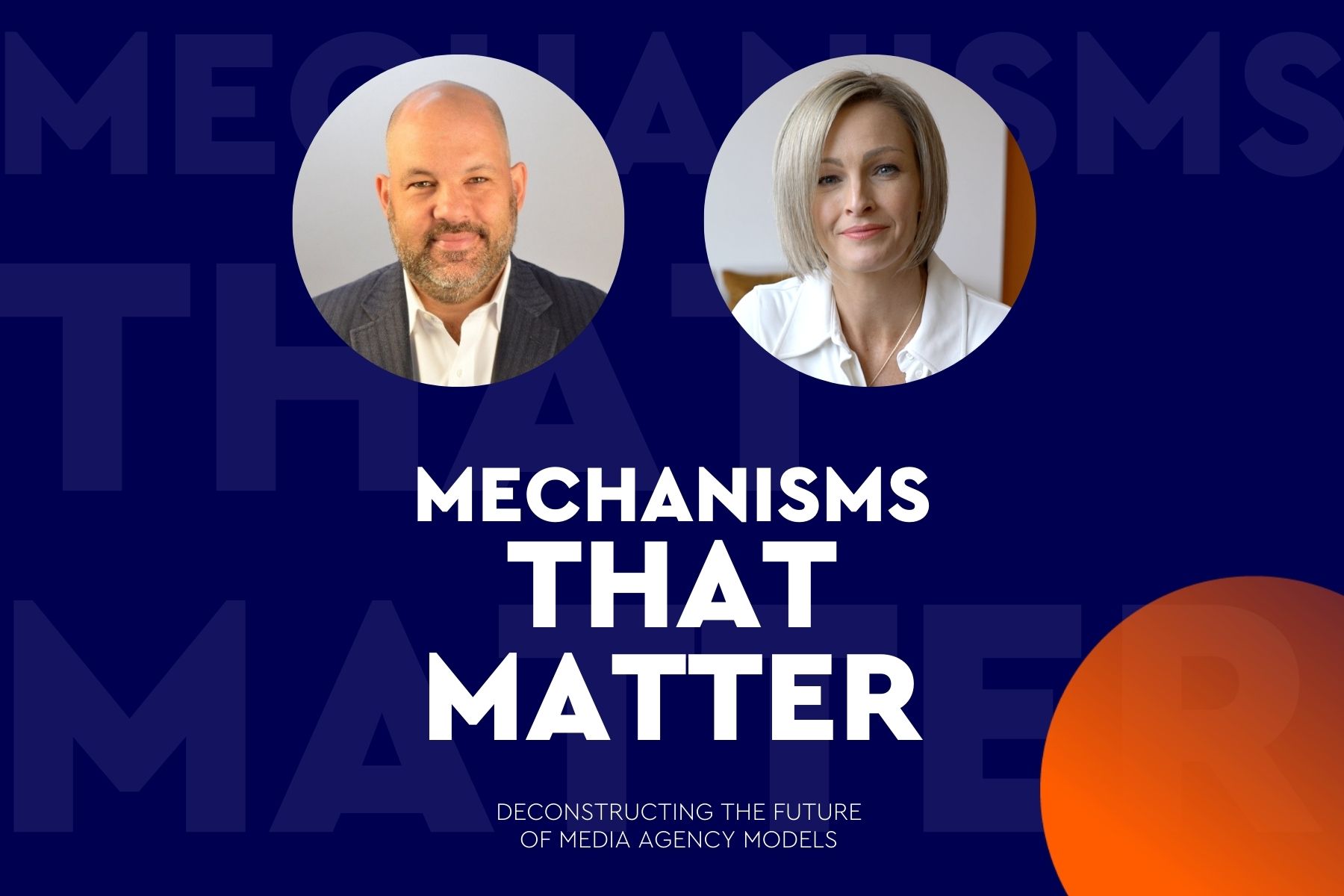
Closing the gap: adopting omnichannel strategies for stronger brand-consumer connections
Consumers have moved seamlessly across screens for years. Have brands finally caught up with them?
For many companies, COVID-19 dramatically accelerated the move to online strategies. More digital transformation happened in the early weeks of the pandemic than in the previous decade.
The expansion of available platforms, the rise of new consumer channels and the rapid acceleration of ecommerce adoption have converged, forcing brands to reframe their media strategy towards a holistic, integrated approach. But there are still gaps between where consumers are spending their time and where advertisers are investing.
It’s against this backdrop that Catalyst and Xaxis, in partnership with London Research, present Closing the Gap: Adopting Omnichannel Strategies for Stronger Brand-Consumer Connections. This original research report explores where consumers are spending their time and where advertisers are investing their money, revealing opportunities for marketers to close the gap to their consumers using omnichannel strategies.
Based on quantitative surveys with US brands and consumers as well as interviews with industry experts from Georgia-Pacific, Clorox, Google, The Trade Desk, GroupM, Seagate, and more, the report reveals:
- The pandemic saw people across all age groups increase their use of search, but less than half the marketers surveyed have increased spending in the channel
- 18-34 and 35–54-year-old groups are equally likely to use new channels and platforms such as Fortnite and Twitch
- 74% of consumers visit an ecommerce site at least once a week and 56% of marketers are increasing their retail media and ecommerce investment
- 46% of marketers strongly agree their marketing budget has become more dynamic and real-time based on evolving consumer behaviour
- Marketers are bullish about their progress towards an agile, integrated approach based on business-wide outcomes. They are embracing the benefits of programmatic as its capabilities expand across channels including audio, CTV, digital out-of-home (DOOH) and in-game advertising
- The major barriers to greater channel integration are siloed organisational structures, disconnected technologies, difficulty attributing results to activities and the lack of data science skills
- On the journey to omnichannel marketing, most marketers see traditional TV as an outsider in an increasingly integrated world
- Only about a third of marketers see the effects of growing privacy concerns – including changes in consumer digital identifiers, consumer sentiment and privacy regulations – as a major barrier to more integrated marketing
published on
16 September 2021
Category
More in Communications

Rebranding cancer: how brands heal and hurt
Along with consumer brands, the ‘brand’ of condition or event influences us.

Mechanisms that Matter – Inside WPP | Ford’s revolutionary marketing model
How a process created on the factory floor over 70 years ago has transformed ops for the auto giant

How to build your brand in-game
A new research report from WPP and SuperAwesome

